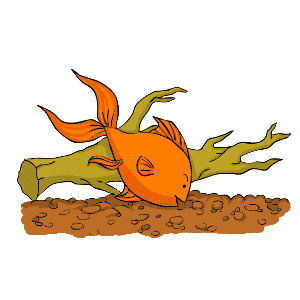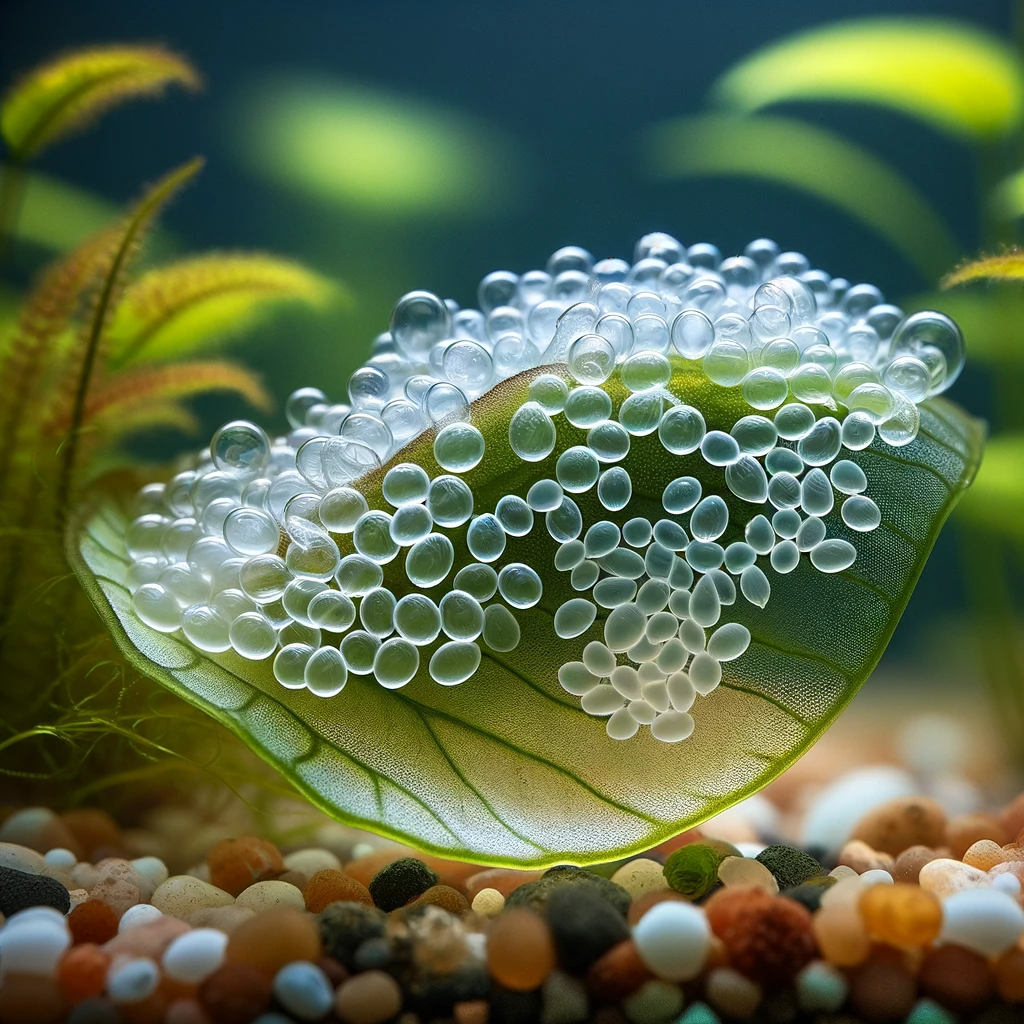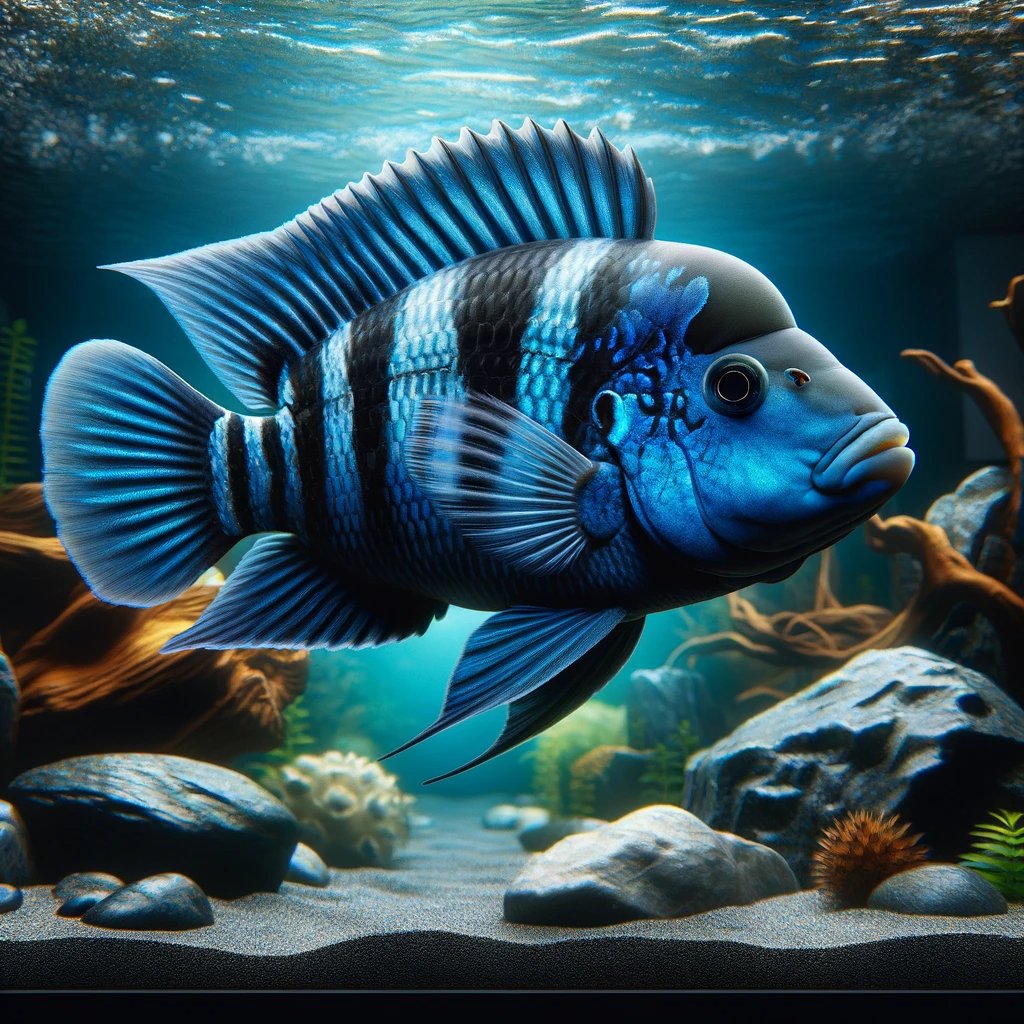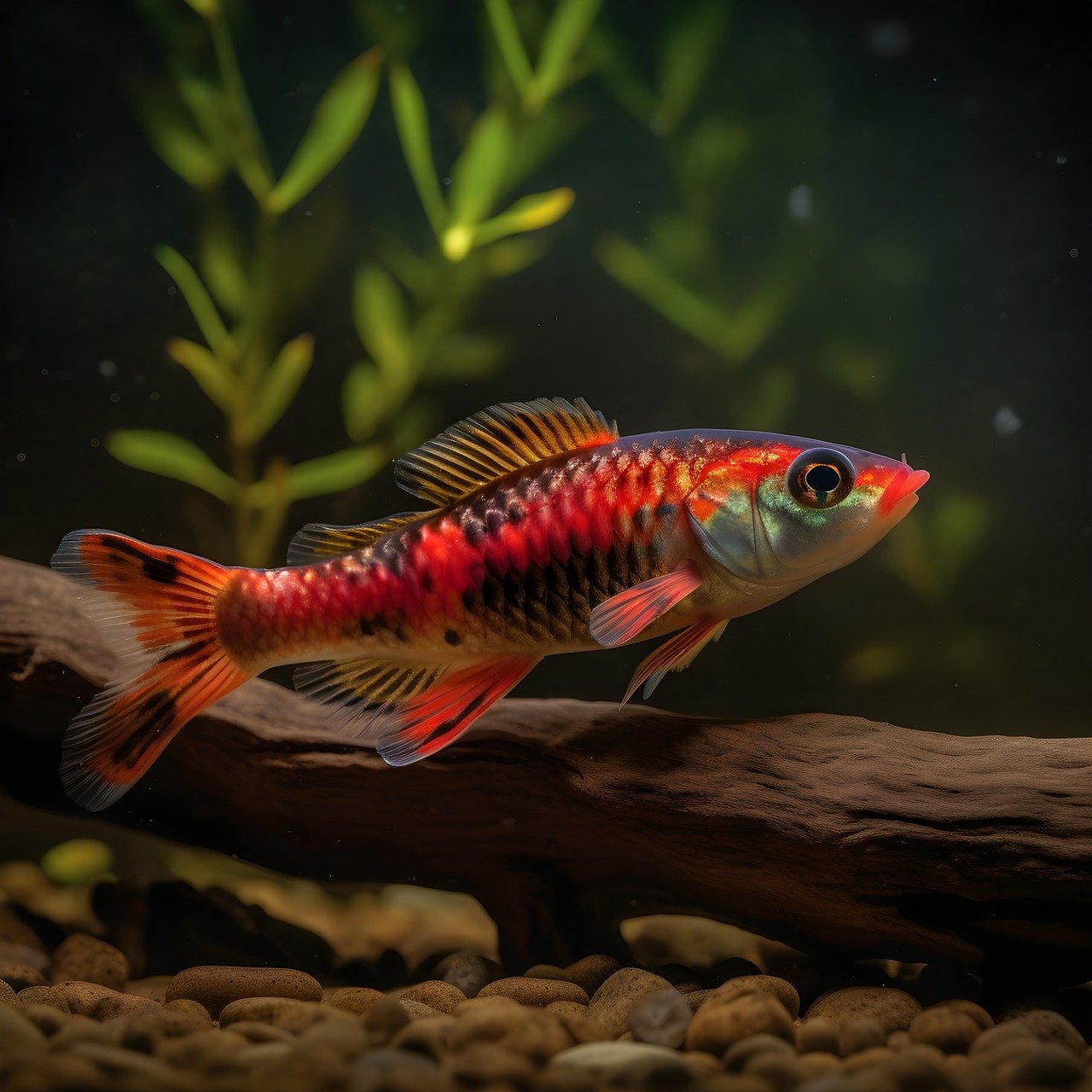Landscaping a goldfish aquarium can lend natural aesthetic beauty to any setup. However, adding natural structures such as driftwood and aquarium plants should not just be a spur of the moment decision.
There is a need to plan and decide which additions will work well and bring out the best visual impact without compromising the health and well-being of the aquarium inhabitants.
Benefits of aquarium driftwood
Aside from giving a natural look to your aquarium, adding driftwood to a goldfish aquarium offers the following benefits:
Maintenance of the ecosystem
Aquarium driftwood promotes the growth of beneficial bacteria inside the tank. This bacterial population plays an important role in breaking down fish by-products, such as ammonia and nitrites, and converting them into less toxic compounds.
The surface of the driftwood provides a good environment for nitrifying bacteria to establish colonies and thrive.
Boost the immune system of the fish population
When driftwood is submerged in water, there is slow leaching of tannins into the water. These tannins create an environment that is slightly acidic, an environment which is perfect for keeping pathogenic bacteria and viruses at bay.
Tannins in water also promote increased levels of available oxygen in the water.
Water buffer
If you are constantly battling alkaline tap water, the addition of driftwood to your aquarium can help buffer and sustain a lower tank pH. This is especially important for fish populations that require slightly acidic or soft water to thrive.
Provides a natural habitat
Driftwood usually exists in natural habitats of fish populations. Adding driftwood to your goldfish tank can help create a natural habitat where your fish can use the driftwood for breeding, hiding, or even as a source of food.
Things to consider before adding aquarium driftwood
You cannot just add driftwood into your aquarium, as this can disturb the delicate aquatic environment and result in stress and possibly death of the fish.
Being a fragile ecosystem, it is important that you take into consideration the following important factors before adding driftwood to your aquarium:
Aquarium compatibility
There are many types of driftwood available, but not all are good for your aquarium. For example, there are driftwoods that have been sprayed with chemicals that can harm your fish.
The best aquarium driftwoods are those that come from hardwood trees. Hardwood driftwood takes a long time to break down and won’t negatively change water quality.
It is also important to establish how your aquarium will look once driftwood is added. Try drawing a rough sketch to visualize the outcome without disturbing and stressing the tank inhabitants.
Cleaning driftwood
The driftwood should be thoroughly cleaned of dirt or debris before being added to the tank. Use a clean brush and avoid using soap or chemical cleansers since any residue can be toxic to your fish.
Sterilizing
Sterilizing aquarium driftwood will remove any toxic substances and bacterial or fungal spores that may become potential sources of disease. Boiling driftwood for an hour or submerging it in a bucket with 5% bleach solution for at least 15 minutes can remove potential pathogens.
When driftwood has been soaked in bleaching solution, make sure to rinse very well and soak in bleach-free water for a day to remove any remnants of the bleach.
Curing or Leaching
This is often done to driftwood that remains slightly buoyant. Soaking the driftwood completely underwater for 1-2 weeks can fully saturate it. The soaking process also promotes leaching and removes excess tannins that can discolor the water and give it a “tea-stained” appearance.



